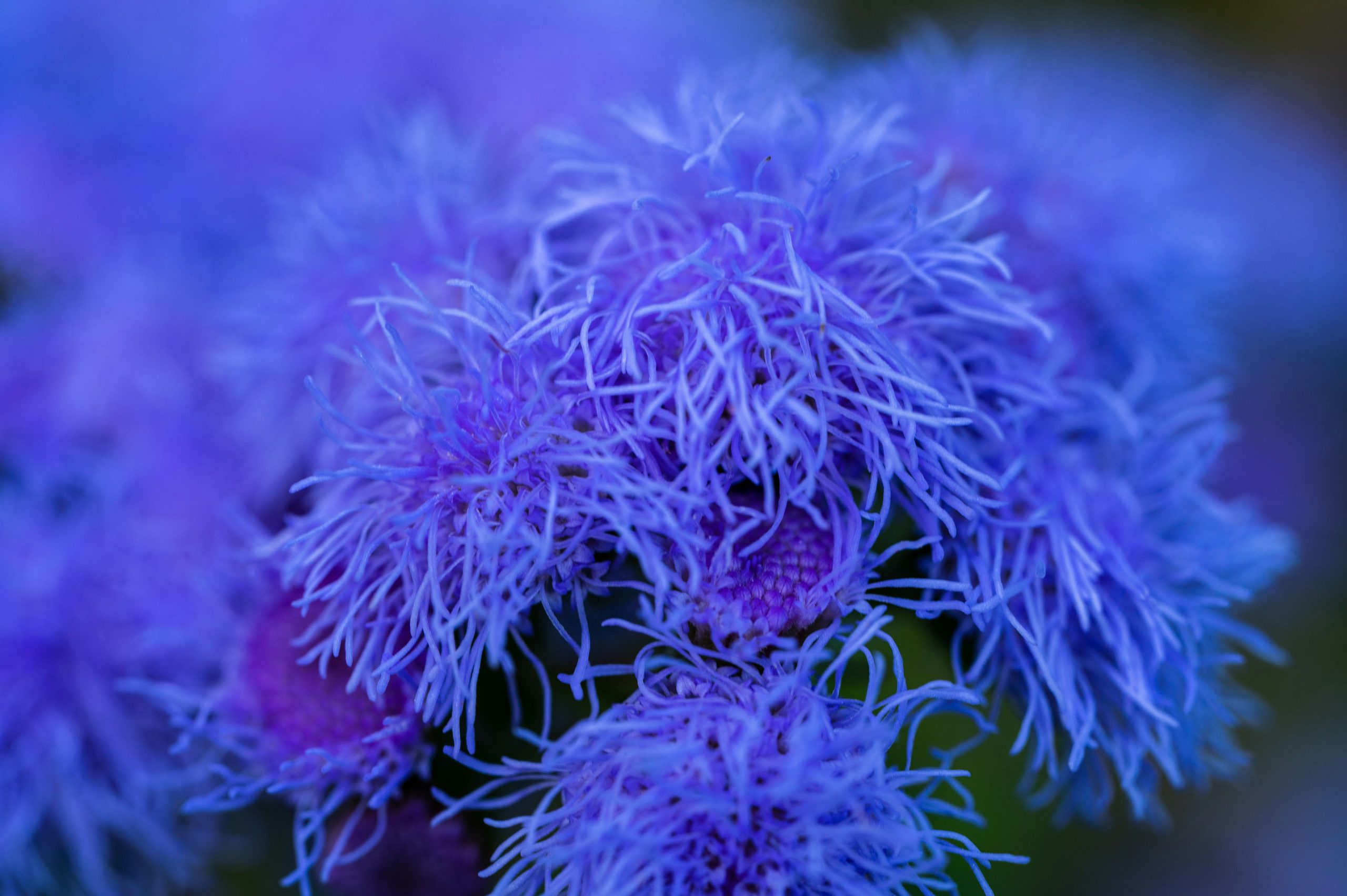How to Choose the Best Perennials for a Blooming Spring: August Gardening Tips
Gardening in August might seem like a task for the brave, but it’s actually the perfect time to start planning for a blooming spring. Choosing the best perennials to plant now can make all the difference when those first warm days arrive. Whether you’re new to gardening or a seasoned pro, there’s a world of beautiful spring bloomers ready to grace your garden. Dive into our friendly guide packed with perennial care tips and flower bed planning ideas to ensure your garden is the envy of the neighborhood. Let’s get those hands dirty and your garden ready for a colorful season ahead!## Choosing the Right Perennials
Selecting the perfect perennials for your garden is crucial for a stunning spring display. Let’s explore some top picks, planting techniques, and care tips to ensure your garden thrives.
Top Picks for Spring Bloomers
When it comes to spring bloomers, there’s a wide variety to choose from. Peonies, irises, and daylilies are popular choices that offer vibrant colors and long-lasting blooms.
Peonies are known for their large, fragrant flowers and come in various shades of pink, red, and white. They’re low-maintenance and can live for decades with proper care.
Irises add vertical interest to your garden with their sword-like leaves and elegant flowers. They come in a rainbow of colors and can tolerate various soil conditions.
Daylilies are incredibly versatile and hardy, making them perfect for beginners. They bloom in a wide range of colors and can thrive in both full sun and partial shade.
Planting Perennials in August
August is an ideal time to plant perennials, giving them a chance to establish strong roots before winter. The soil is still warm, promoting root growth, while the cooler air temperatures reduce stress on the plants.
When planting, dig a hole twice the width of the root ball and place the plant at the same depth it was in its container. Water thoroughly after planting and mulch around the base to retain moisture.
For best results, plant your perennials in the early morning or late afternoon to avoid the hottest part of the day. This reduces transplant shock and gives your plants the best chance of survival.
Remember to space your plants properly, allowing room for growth. Overcrowding can lead to poor air circulation and increased risk of disease.
Perennial Care Tips for Success
Proper care is essential for healthy, thriving perennials. Regular watering, especially during dry spells, is crucial. Most perennials need about an inch of water per week.
Fertilizing in early spring can give your perennials a boost. Use a balanced, slow-release fertilizer for best results. Avoid over-fertilizing, as this can lead to excessive foliage growth at the expense of flowers.
Deadheading, or removing spent blooms, encourages more flowering and keeps your garden looking tidy. Some perennials, like daylilies, benefit from division every few years to maintain vigor.
As winter approaches, leave some foliage in place to protect the crown of the plant. A layer of mulch can also help insulate the roots during cold months.


